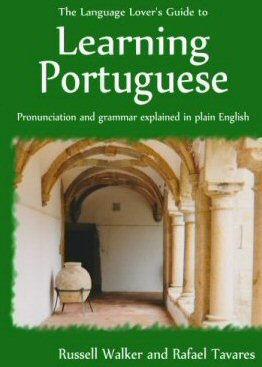Let’s get back onto verbs. The basic form of the verb is known as the ‘infinitive’, and is always preceded by the word ‘to’ in English (eg. ‘to read’; ‘to be’; ‘to love’). To find the infinitive then, try to convert the verb to a form which makes sense with the word ‘to’ in front of it. In the previous example, we found that ‘went’ is a verb, but ‘to went’ does not make sense! We have to convert ‘went’ to ‘go’, so the infinitive form of the verb is ‘to go’.
The infinitive is the form of the verb that you will find defined in a dictionary. Usually, any other forms of a verb listed in a dictionary will point you to the entry for the infinitive. So another possible way of determining what the infinitive form of a verb is, would be to think of the form that you would use if you wanted to make a general dictionary definition for the verb.
Very occasionally, you might find that a verb does not have an infinitive form – an example of this in English is the word ‘can’. The nearest you can find to an infinitive for this example is something like ‘to be able to’. In this case, it is because ‘can’ is only ever used as an auxiliary verb, ie. in conjunction with another verb (auxiliary verbs are explained more fully later). As with all exceptions, you just have to try to remember them as you come across them, but don't worry too much about this one!
After a while, you will find that it is quite easy to identify verbs, and that the infinitive form is obvious to you, so you will not need to keep conjugating words in your mind, or going through all of these rules. All you need is practice! So as well as the exercise below, it would be good to pick up any piece of English literature and try to identify the verbs and infinitives in it.
Although strictly speaking, the infinitive always includes the word ‘to’, the verb form itself can be referred to as the infinitive even without the word ‘to’. So it is correct to say that ‘think’ is the infinitive, as well as to say ‘to think’ is the infinitive. Normally you would only omit the word ‘to’ where the verb is being used in a compound form, that is, in conjunction with auxiliary verbs. Don’t worry about this – it will all become clearer later. I hope.
Note: When using the infinitive form of an English verb, if you insert an extra word between the word ‘to’ and the verb, it is known as a split infinitive (eg. ‘to boldly go’ – the word ‘boldly’ splits up the infinitive form of the verb ‘to go’).

